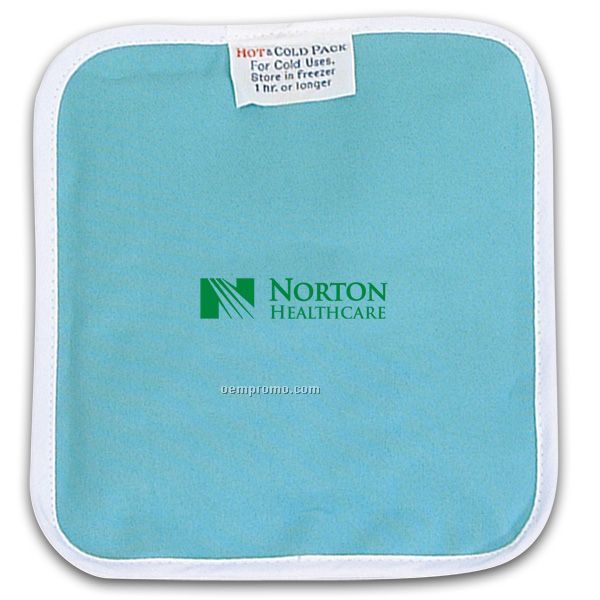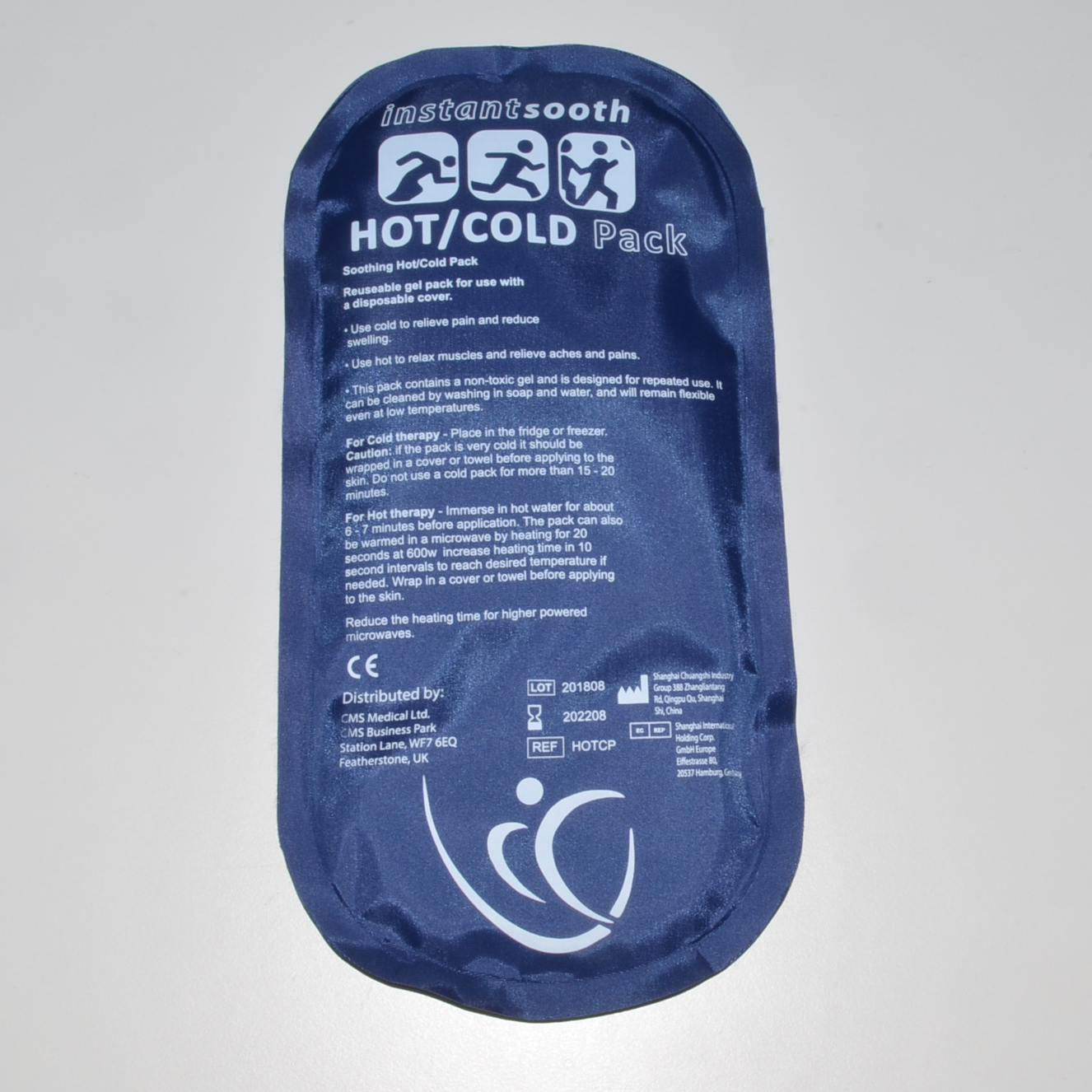
This hot pack functions as iron reacts with oxygen to form iron (III) oxide, an exothermic reaction. If more energy is taken in than released, then the process is endothermic, making the solution feel cooler.Ĭommercially, there are 2 other commonly sold types of instant hot packs. If more energy is released than taken in, then the process is exothermic, making the solution feel warmer. The ions then form bonds with the water, a process that releases energy. This process requires energy, which is obtained from the surroundings. When the salt is dissolved in water, the ionic bonds of the salt separate. These reactions happen in a similar manner. Commercial instant cold packs typically use either ammonium nitrate or urea as their salt component hot packs often use magnesium sulfate or calcium chloride. As the salt disassociates, heat is either released in an exothermic reaction or absorbed in an endothermic reaction. Many instant hot and cold packs function by dissolving a salt into water. In experiments conducted in aqueous solution, the specific heat capacity of water is generally used. The specific heat capacity of water is 4.186 J / (° C × g). The specific heat capacity of a substance is the amount of energy required to raise 1 g of the substance 1° C. The heat transfer, or change in enthalpy in a reaction ( q rxn), is related to the mass of the solution ( m), the specific heat capacity of the solution (c), and the temperature change ( ΔΤ = Τ final - Τ initial).

The heat of reaction may be calculated using the values measured for change in the water temperature. Since the experiment is run under constant pressure (atmospheric), the change in water temperature that is measured is due to the enthalpy of reaction (heat of reaction).

A calorimeter is an apparatus that is insulated and prevents heat from flowing in or out of the system. In reactions that occur in aqueous solutions, the energy is transferred to or taken away from the water. The magnitude and direction of heat may be determined using a calorimeter. Many chemical and physical transformations involve energy transfer in the form of heat. Ensure that you review student designs before allowing them to perform the activity and that students understand and follow appropriate safety protocols.Ĭalorimetry is the science of measuring heat. Students then design a hot and/or cold pack that utilizes 100 mL of water and can be activated when needed. The best fit line can be used to determine what mass of chemical is needed to achieve a specific temperature. After students have measured the heat of solution for the 3 masses, they graph their data (change in temperature vs. If chemicals are limited, consider having half the students work with 1 chemical and half with the other. It’s recommended for safety-and for a more green chemistry experience-that students use ammonium chloride for the cold packs and calcium chloride for the hot packs. In the following activity, students use a coffee cup calorimeter to measure the heat of solution of a chemical salt using 3 different masses.

Hot and Cold Packs: A Thermochemistry ActivityĪ discussion of chemical hot and cold packs can really warm up a classroom lesson on thermochemistry.


 0 kommentar(er)
0 kommentar(er)
